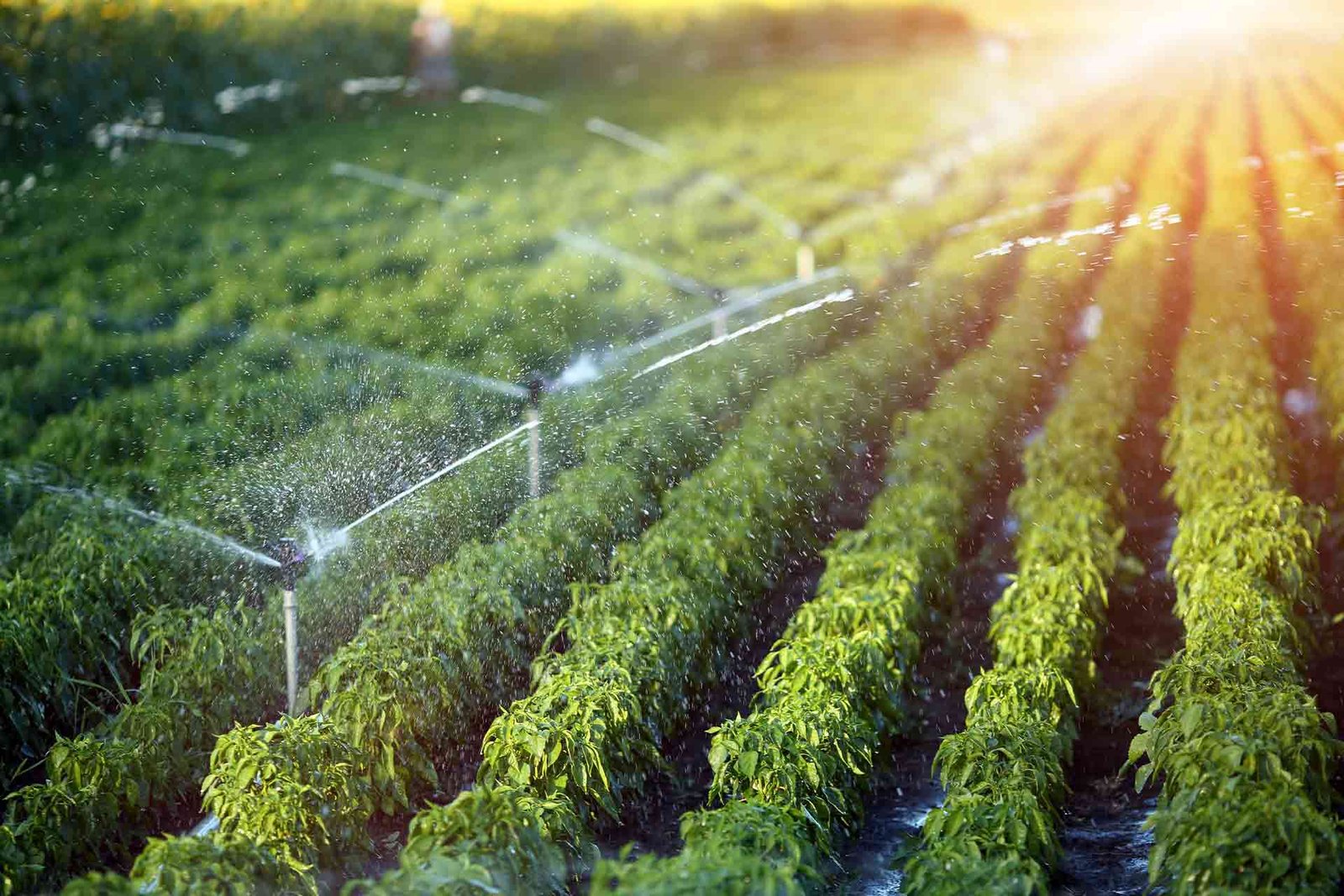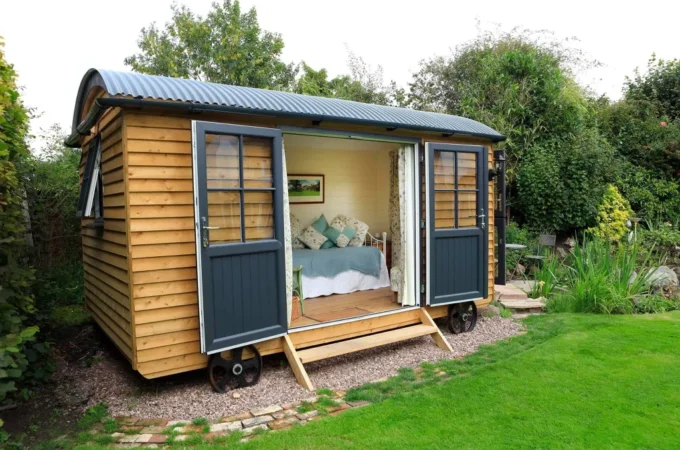
Benefits Of Having A Smarter And More Efficient Irrigation System
Proper Zoning
Your irrigation regions should be segregated into hydro-zones or parts where the plants demand about the same quantity of water. The zone size is determined by the irrigation system’s flow rate, pressure, and sprinkler type. Due to improper design, certain plant materials will receive an excessive amount of water, while others will not receive enough water in the same zone.
Different irrigation zones must be constructed for
- Sunny and shady parts.
- Areas with varied wind exposure.
- Drip irrigation.
- Plants that have varying requirements for watering or soil conditions, such as grass and shrubs.
- Slopes, or distinct parts of slopes.
An Irrigation System with the Appropriate Type and Layout
When growing agriculture, it’s important to have a smart irrigation system, such as one by Fruit Growers Irrigation System Service, with a variety of nozzles and throw distances to choose from when it comes to lawn sprinklers, the options are nearly endless. The water pressure, zone forms (such as long and narrow, curved, or oddly shaped), and zone sizes will all play a role in determining which sprinklers and nozzles are best for you to use.
In order to obtain “head-to-head” coverage, the sprinkler heads in each zone should be spaced as closely together as is practically practicable. This is where sprinklers overlap, ensuring that no areas of the lawn are left without water.
Sprinklers must be adjusted so that they do not direct water onto sidewalks, driveways, fences, or the sides of dwellings. This not only causes water to be wasted but also poses a hazard for sliding. This should not occur if the zone is equipped with appropriate sprinklers, and the nozzles on those sprinklers should be set appropriately.
No two hydro-zones — spray and drip — should ever share the same hydro-zone. Since each of them has a unique rate of water application, placing them in the same zone might result in areas that are excessively wet or dry, in addition to wasting a significant quantity of water.
Smart Controller
Controllers that are based on Wi-Fi weather data are among the most intelligent controllers that are now available. They receive updated, real-time meteorological data from internet weather sources, which automatically adjusts their irrigation schedule to match the water requirements of onsite plants. The EPA estimates that replacing a traditional clock timer with a weather-based controller may save a typical home hundreds of gallons of water per year.
There are several sorts of weather-based controllers
- Evaporation-transpiration (ET) controllers from the past.
- Historically significant ET controllers that incorporate a sensor
- Controllers based on sensing input from the environment
In addition to that, there is a controller that is based on soil sensors (Home | SoilSensor.com) that employs sensors to establish the watering schedule depending on the amount of moisture already present in the soil.
Older scheduling controllers may be made “smarter” by adding on additional sensors such those that detect rain, wind, or freezing temperatures. These sensors will then halt the irrigation cycle when they detect that it is necessary to do so.

Other efficiencies that may be gained by using irrigation controls include the following
The seasonal adjust option found on many controllers decreases or increases the amount of time that each zone is allowed to operate dependent on a percentage of the total amount of time that was set.
The ability to run varied schedules for different zones, taking into account the kind of plant, sprinkler, and circumstances of the landscape. It is essential to provide the appropriate amount of water to each zone, as excessive amounts of water foster the growth of fungal illnesses.
An environment that is conducive to the egg-laying process is created by soil that has an excessive amount of moisture. When grass is overwatered, it is unable to create the deep, robust roots that are necessary for maintaining its health. When this happens, it becomes susceptible to diseases and pests that cause harm when circumstances are dry, such as chinch bugs and sod webworms.
There is a “cycle and soak” mode available on some controllers, which allows you to water in a series of shorter cycles. In spite of the fact that your controller does not have this parameter, you are still able to program the total run duration for each zone and split it up into many cycles. By doing so, runoff may be avoided since the water can soak into the soil, therefore fostering the development of strong, healthy plant roots.
The ability to select when during the day irrigation should take place. It is in your best interest to put your system through its paces first thing in the morning, when the air is still quite calm and the temperatures are still relatively low. Evaporation losses are reduced, and water does not linger on the lawn all night. Lawns that are allowed to stay damp overnight are more likely to develop diseases such as pythium blight and leaf spot.
Rain Sensor
Even weather-based smart controllers, which use data from the local environment to change schedules, can benefit from the use of a rain sensor. Click here for more on rain sensors. Because it is located on-site, the rain sensor is able to provide the controller with information that is both timelier and more accurate than the weather station.
A rain sensor and a freeze sensor are frequently used in conjunction with one another. Both are required of residents in certain Texas cities.
Irrigation via Drip System
A significant improvement in water efficiency may be achieved by switching from conventional spray irrigation to drip irrigation in areas including planting beds, trees, and shrubs. Because it only applies water where it is required, drip irrigation can result in a reduction in water loss that is at least sixty percent lower than that of spray irrigation. No runoff or evaporation means that there’s little risk of illness because there’s no water interaction with plant leaves.
Maintaining your property’s plant life will be easier if your system is in good working order. Drought tolerance and cold weather resistance are two of the many benefits you’ll get by fertilizing your lawn with bone meal.




